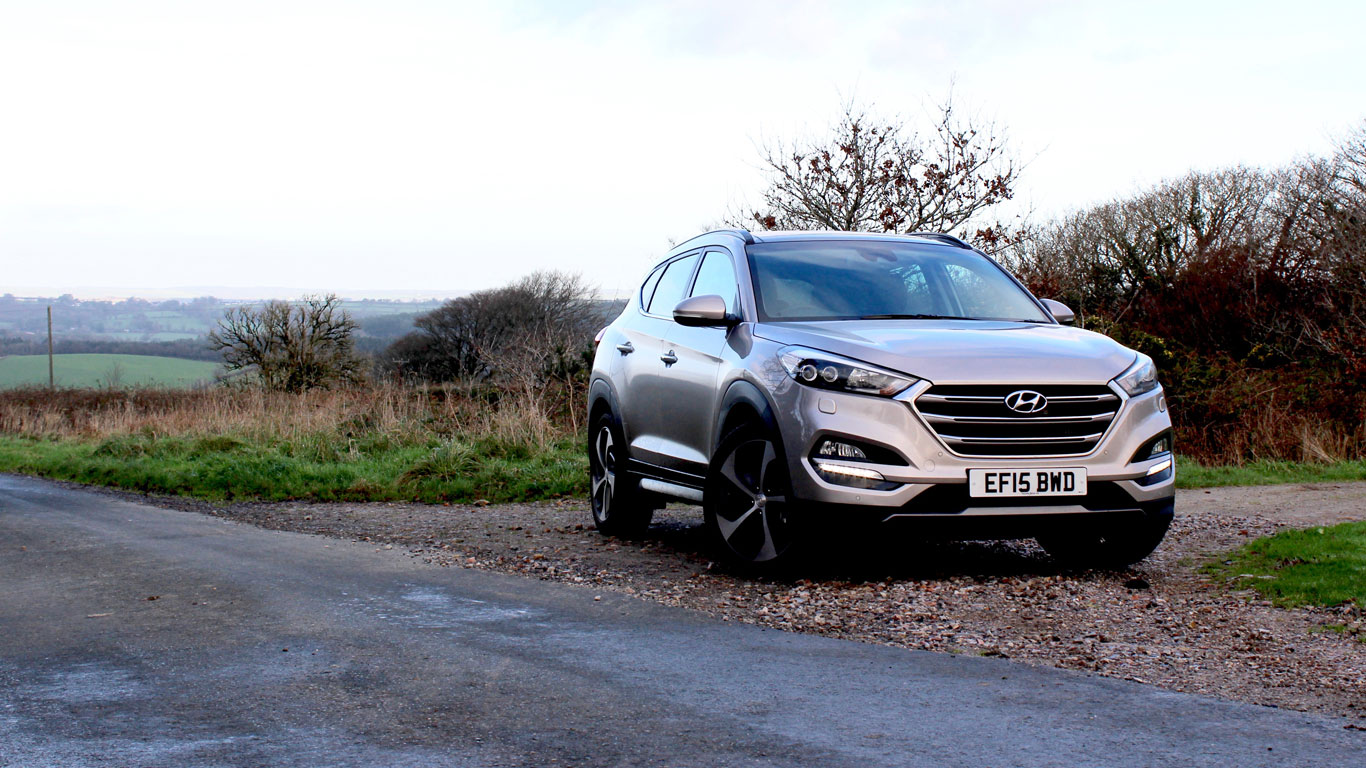
Having spent an hour behind the wheel of the all-new Hyundai Tucson, we came away rather impressed. So much so we actually named it as one of the most surprising cars of 2015. But would we come to the same positive conclusion after spending a week with a top-spec Tucson Premium SE with the 2.0-litre CRDI diesel engine and four-wheel drive? Read on to find out.
What are its rivals?
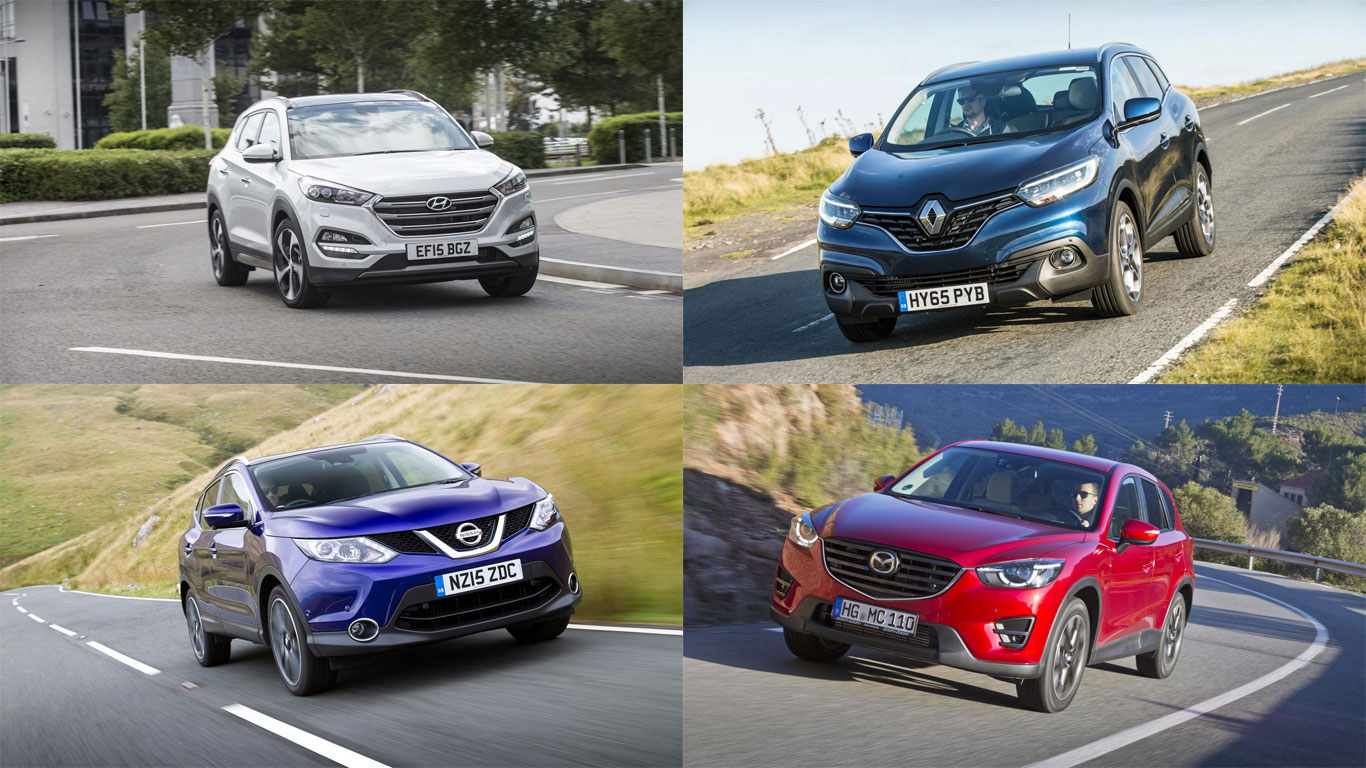
There’s nothing complicated about a crossover. Mix the running costs and convenience of a five-door hatchback with the driving position and practicality of an SUV and, hey presto, you’ve got yourself a crossover.
The Nissan Qashqai is the undisputed crossover champ, but it has the Renault Kadjar and Mazda CX-5 nipping at its ankles. On the basis of our time with the Tucson, we reckon the Hyundai tops the lot. Not only does it look the sharpest, it also boasts a far better interior than before.
Which engines does it use?
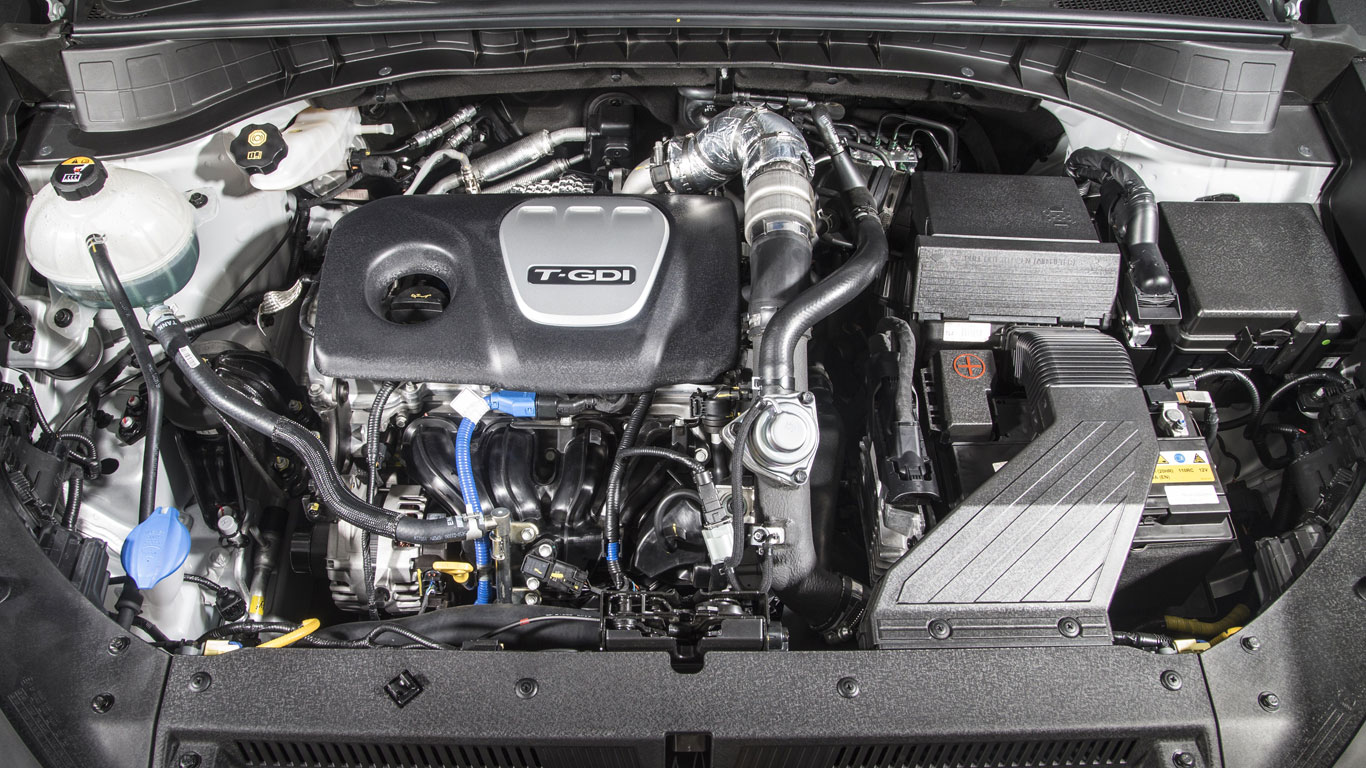
The Tucson is offered with a 1.6-litre petrol engine (pictured) and a host of diesel options, with a 1.7-litre unit at the bottom of the ladder and a 182hp 2.0-litre diesel at the top.
We were testing the 134hp version of the 2.0-litre CRDI diesel, mated to a six-speed automatic transmission and a full-fat four-wheel-drive system. Note, four-wheel drive is only available with the range-topping 2.0-litre diesel engine.
What’s it like to drive?
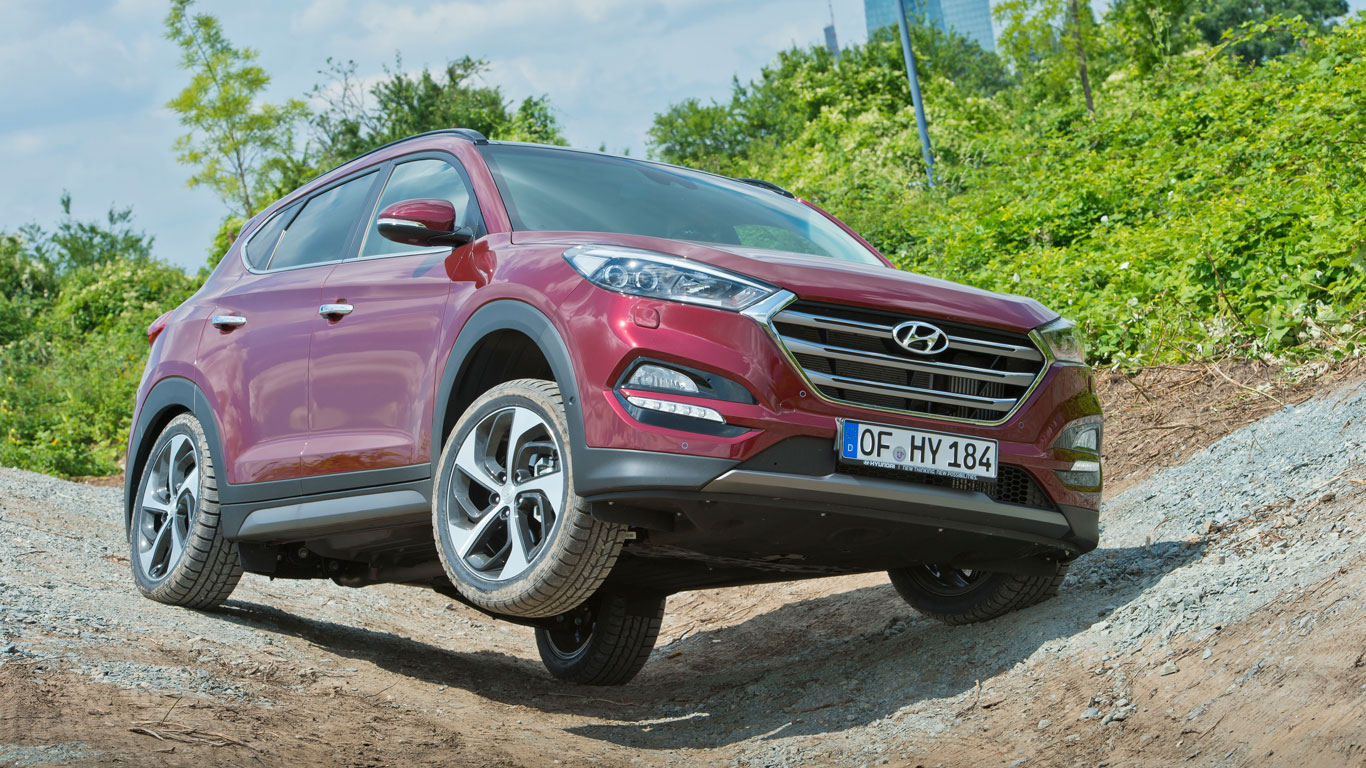
In short, really rather good. There’s a sure-footed feel to the Tucson that is absent from certain other crossovers. In normal conditions, the Tucson operates as a front-wheel-drive car, with the 4WD system sending up to 50% of torque to the rear wheels when required.
When cornering, the Tucson feels remarkably planted, with none of the body-roll that would have blighted SUVs of old. The turn-in is sharp and the steering accurate, making it easy to thread the Hyundai along a twisty B-road. It all feels rather composed and dare we say, premium, helped in no small part by the hushed cabin.
Fuel economy and running costs
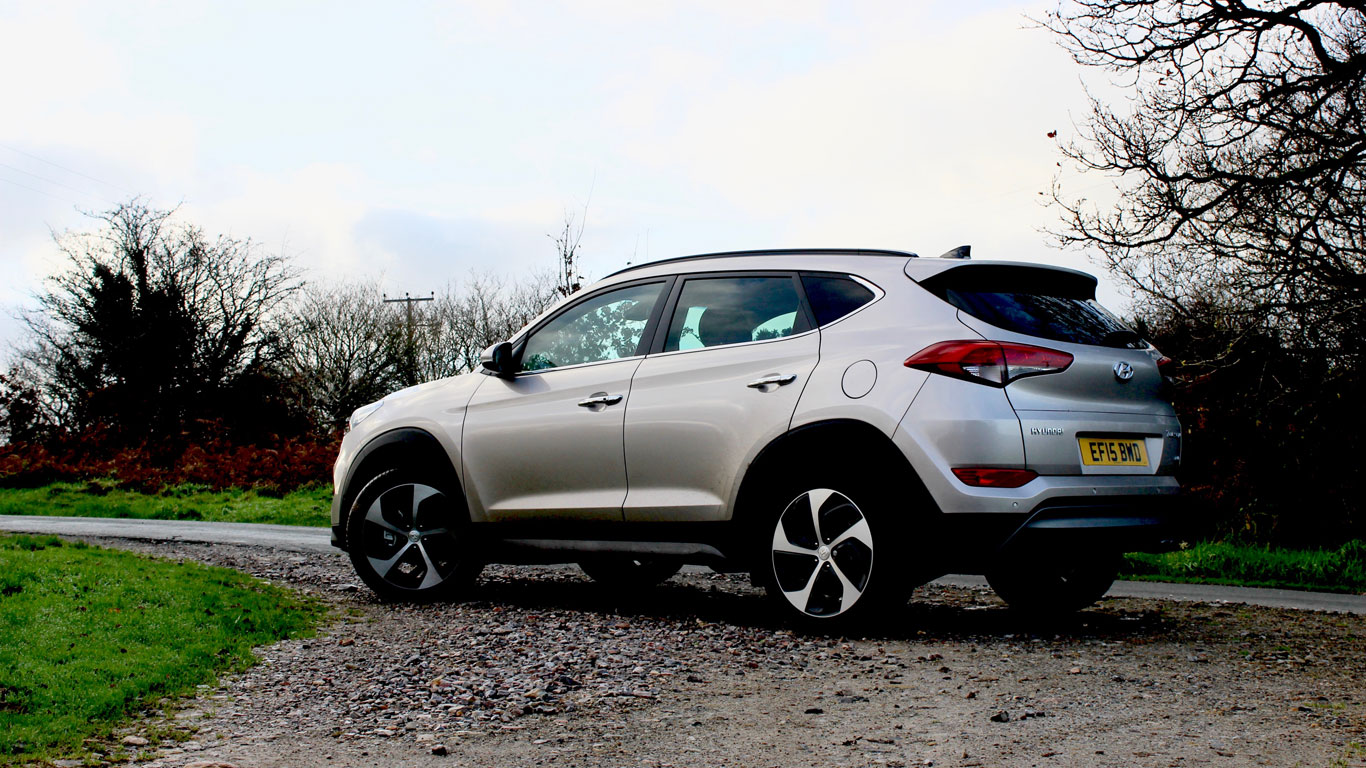
Hyundai claims – somewhat optimistically – that the 2.0-litre CRDI could return 46.3mpg when mated to the six-speed auto transmission and four-wheel drive. After a week of mixed driving, during which we made no effort to economise, the display was showing an average of 31.7mpg, which is something you’ll need to bear in mind when budgeting for life with a four-wheel-drive Tucson. Opting for the manual gearbox sees the claimed figure rise to 54.3mpg, while the two-wheel-drive 1.7-litre diesel offers a better-still 61.7mpg.
CO2 emissions of 160g/km put the four-wheel-drive Tucson in band G for annual car tax, meaning you’ll pay £180 in the first year and each year thereafter.
Is it practical?
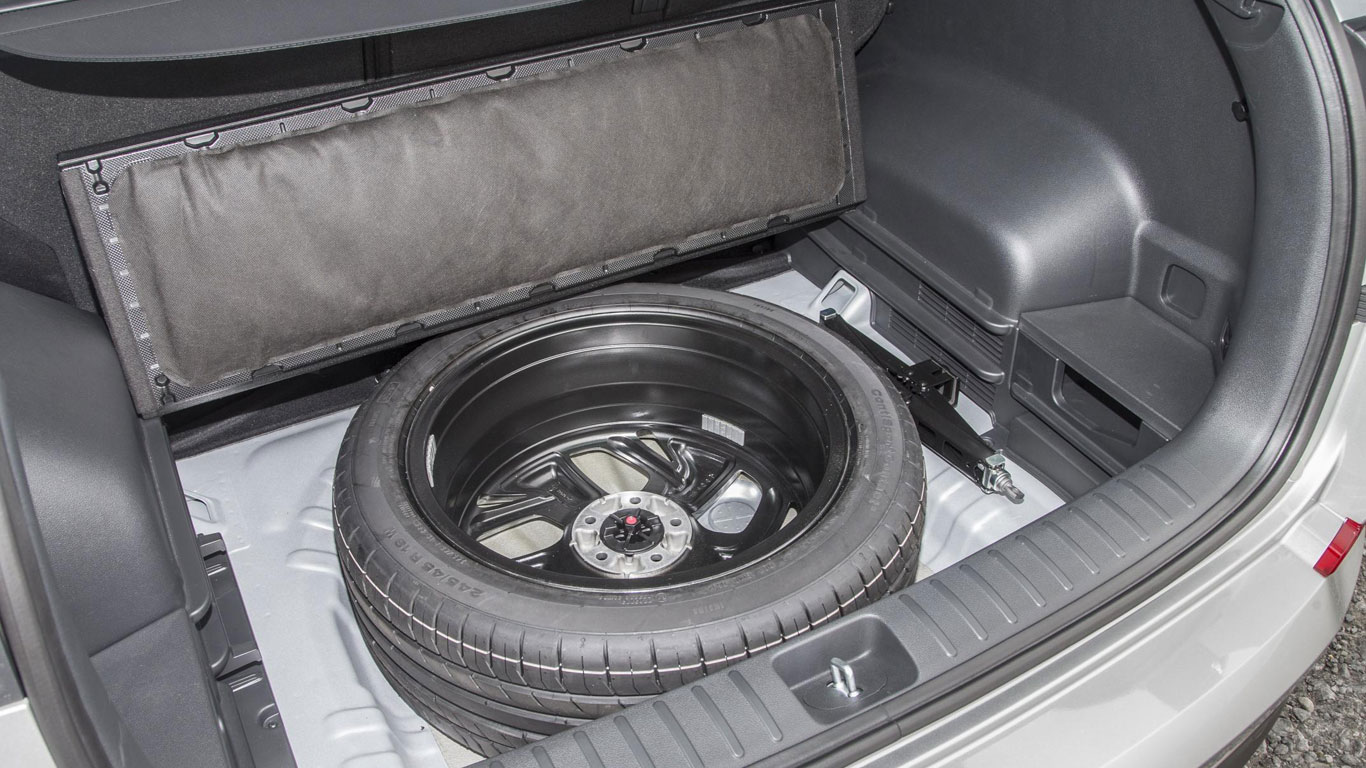
The Hyundai Tucson offers a maximum 513 litres of boot space with the rear seats in their upright position, although this drops to 488 litres with a full size spare wheel. It’s worth noting that this is still more than the 430 litres offered by the Qashqai. Fold the rear seats and the capacity expands to 1,503 litres, but the available space is hampered by the sloping roof and fact that the rear seats don’t fold entirely flat.
Rear seat passengers will find plenty of legroom and headroom, although space for feet in the centre seat is restricted by the transmission tunnel. On the plus side, there are many storage compartments, including additional bottle holders in the door pockets, a useful centre bin with a removable shelf and a pocket for maps and documents in the side of the centre console. Usefully, Hyundai has provided space for a large smartphone to the front of the USB port.
What about safety?
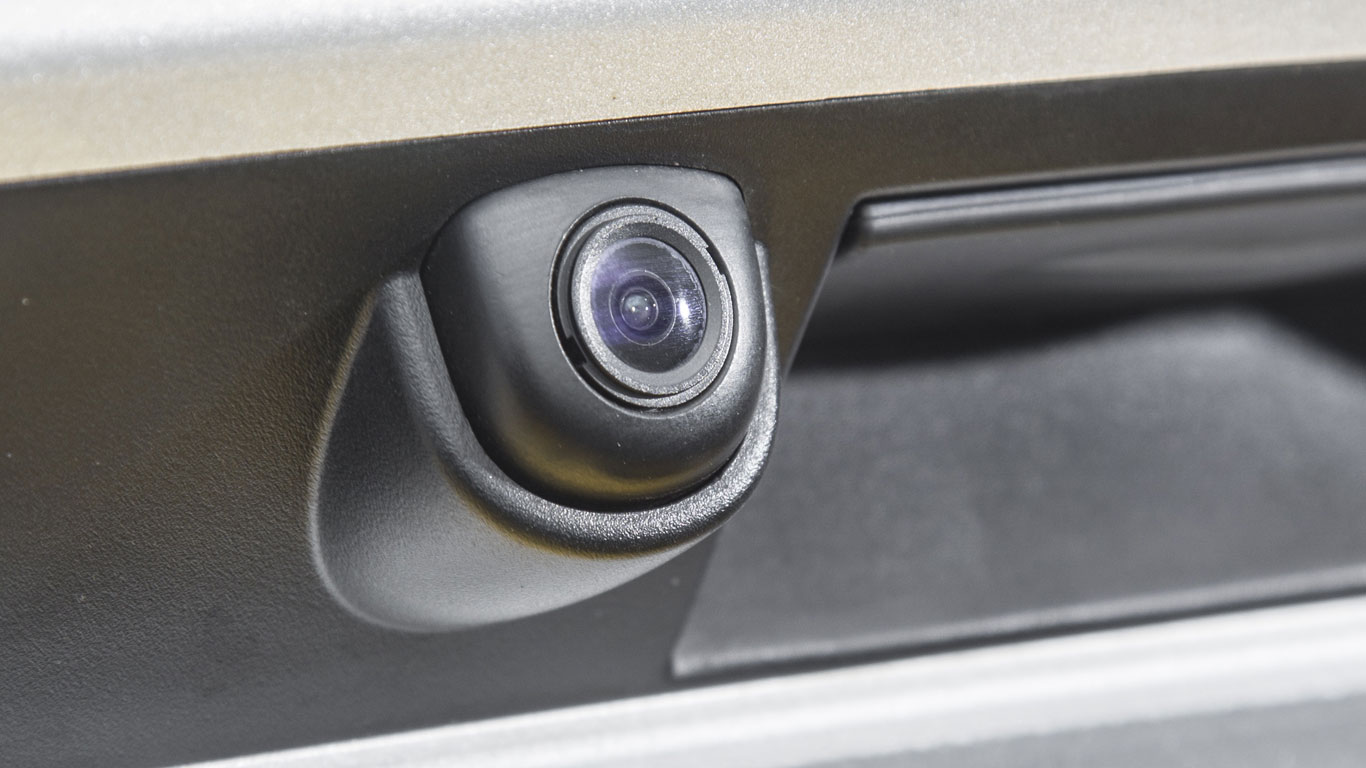
The Tucson has been awarded the maximum five-star Euro NCAP safety rating, scoring 86% for adult occupant, 85% for child occupant, 71% for pedestrian and 71% for safety assist.
Our top-spec test car featured – amongst other things – downhill brake control, hill-start assist, lane-keep assist, autonomous emergency braking, trailer stability assist, blind spot detection, LED headlights and smart park assist. Indeed, you could find the reversing camera and park assist are must-have options, as visibility out of the back is extremely poor.
Which version should I go for?
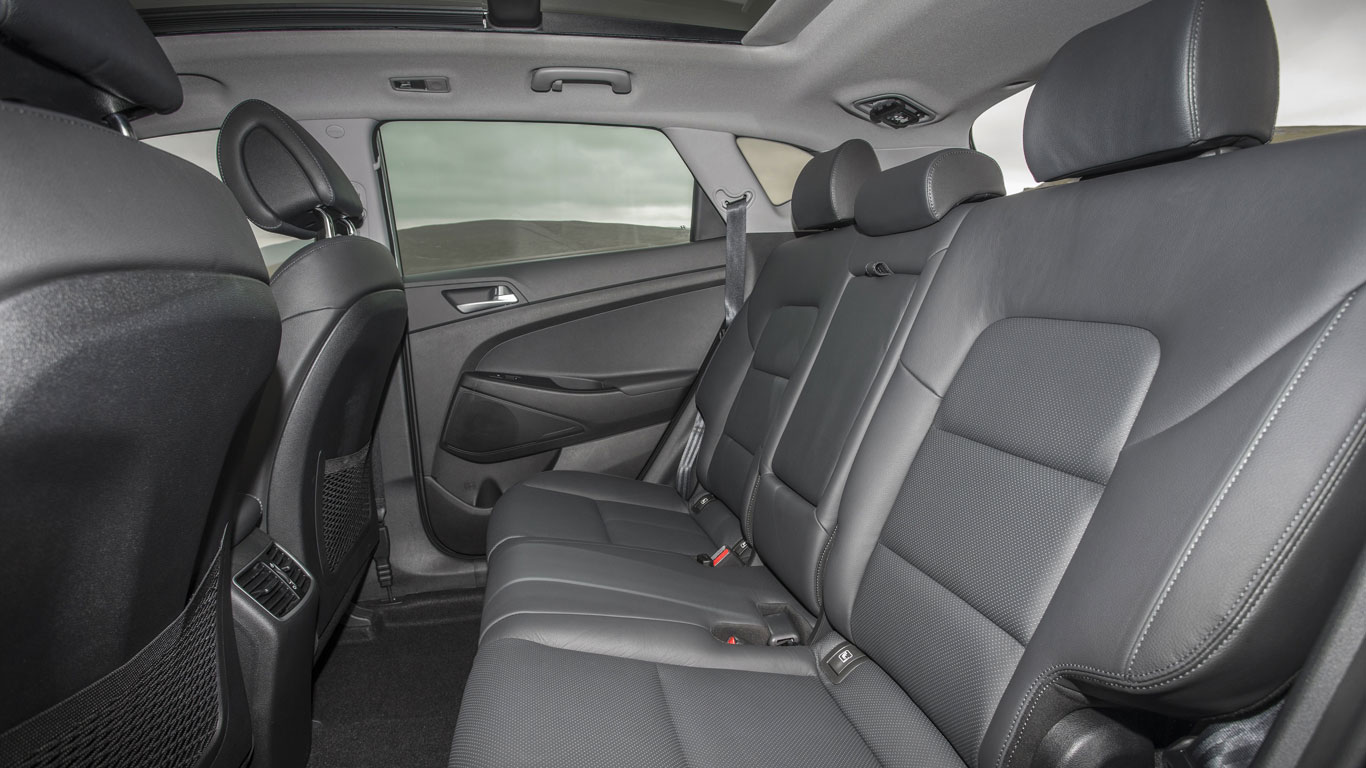
At £31,825 for our all-singing, all-dancing Premium SE model, this is no bargain-basement Hyundai. The Korean brand is chasing more premium rivals these days and the price tag reflects this. That said, even at a price knocking on for £32,000, the Tucson is a highly convincing package, establishing a position between mainstream and premium. Opt for the Premium SE and you’ll want for nothing.
If you must have four-wheel drive, we’d recommend opting for the higher-powered 2.0-litre engine, as our test car felt off the pace when overtaking and joining motorways. Our money would be on the two-wheel-drive 1.7-litre diesel, in either SE Nav or Premium spec. If nothing else, your rear-seat passengers will thank you for the heated rear seats found in the Premium model.
Should I buy one?
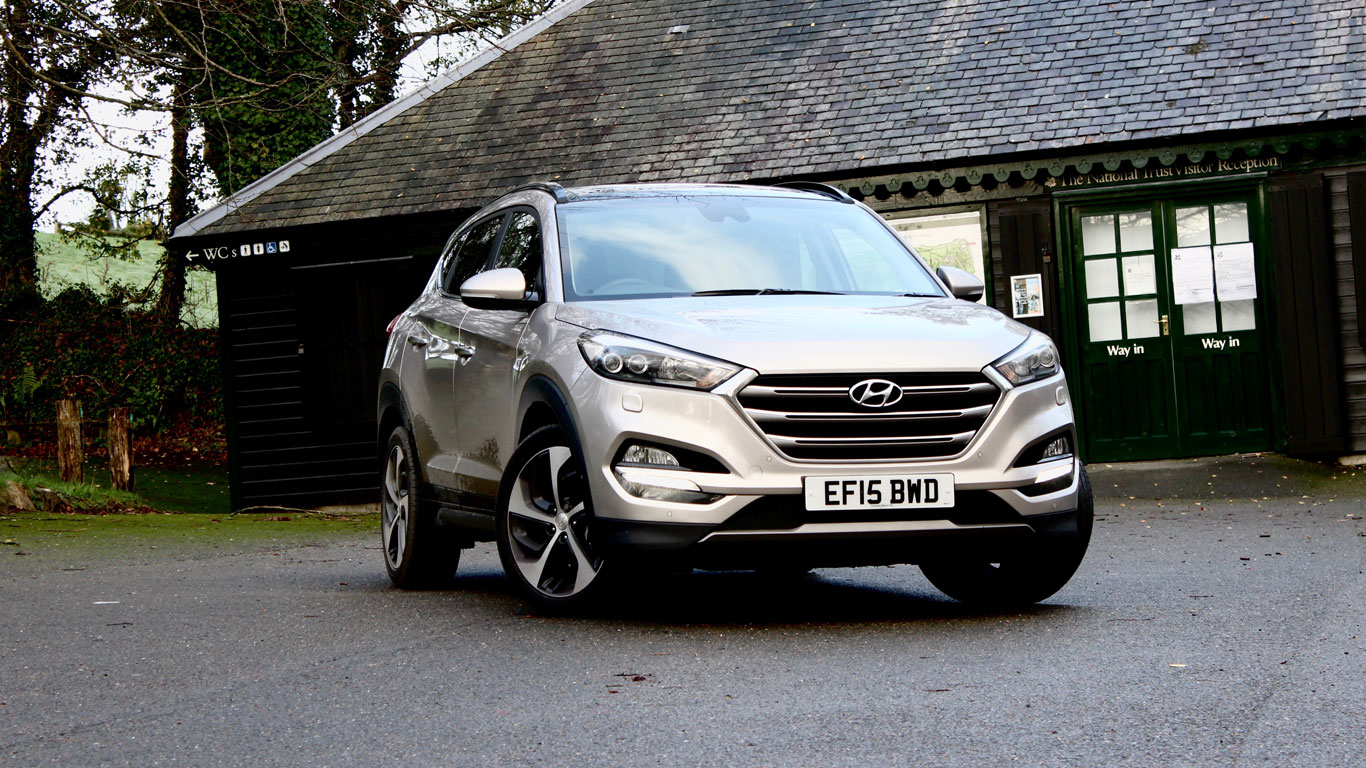
Absolutely. The Hyundai Tucson is much improved compared to the previous ix35 and we’d have one over the Qashqai and Kadjar. Remember, the Tucson comes with a five-year warranty as standard, beaten only by the Kia Sportage and its seven-year warranty.
The current Sportage is long in the tooth and is set to be replaced by a new – and we suspect, better – model. Unless you’ve been offered a deal on a Sportage that’s too good to miss, we’d opt for the good looking Tucson.
Pub fact
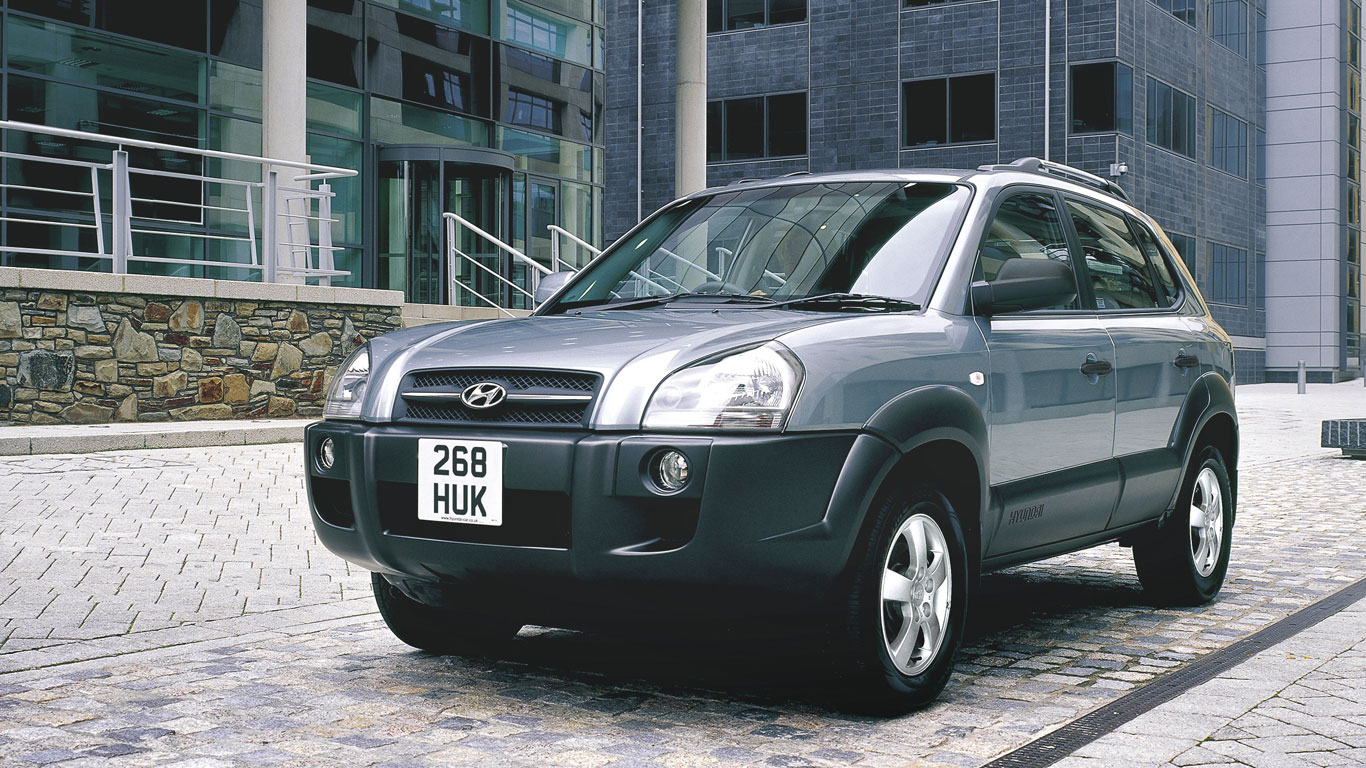
The original Tucson was launched in 2004, but replaced by the iX35 in 2009. That said, the Tucson badge continued to be used in the United States and Korea. It is named after the American city in Arizona.
ALSO READ
Retro Road Test: Audi A2